9/11/2024
Seeing Ants_Dakota's journal made me think I should probably get back to updating mine. Though I have a ton of Lasius for sale on the shop, I do have plenty of personal colonies as well. Now that I have permits to contain non-native species of Lasius as a result of the shop, I have only become even more fascinated with them.
Lasius occidentalis
In June this year, I was flipping rocks in a hilly oak opening. I kept seeing what I assumed to be Lasius brevicornis workers, as they just resembled this rather strongly. One rock that I flipped showed a giant batch of eggs which immediately made me think the queen could've been nearby, but alas I did not find any Lasius brevicornis queens. Eventually, as I flipped a few more rocks, I realized this had to be something different. I was pretty sure they were subgenus Acanthomyops. I mentioned to another keeper that I needed to redeem my once-a-decade 'Acanthomyops queen flip', and not more than a minute later I flip a rock to discover a tiny queen amongst the strange workers. I collected the queen carefully, and collected as much of the colony as I could, but it was a rather small colony and some workers did end up escaping.
They had a rough start adjusting to captivity and lost around 10-20 workers, but they are now sitting comfortably at around 100-150 workers. This is very small for any Lasius colony, but I am hoping I can grow them back. Right now they have a decent pile of pupae. This colony has shown an actual appetite for protein unlike some other Lasius social parasites, so I'm rather optimistic about them. They'll be in hibernation shortly, as they have pupae and the queen hasn't laid any batches. They know it's time. The workers are about 3mm, so the queen can't be much bigger than 4-5mm.
Here's a short video: https://youtube.com/...o?feature=share
Lasius latipes
In the past, I have had plenty of success with initial introductions of Lasius latipes and her various forms. However, after that, there is usually something that goes wrong. I am hoping I can be successful this year and see the colonies through hibernation, which is usually the largest barrier (aside from collecting enough hosts).
Lasius clavipes is the short way of saying 'Lasius latipes x claviger'. I currently have a queen of these introduced to around 300 L. americanus workers. It's a 'wait and see' sort of game with this colony. I will know if I have a real shot at getting this queen to workers in around 4-5 months.
Aside from that clavipes queen, I have a two queen group of Lasius latipes introduced to around 15 neoniger hosts. Unfortunately this is far too little for success, but I'm doing my best to get host cocoons for them. I try to aim for at least 100 hosts, if I can't get 500 or more. Getting hundreds of hosts is the key to getting a successful colony going. This time of year, most of the Lasius neoniger have already hatched their last generation this far north.
I am hoping to receive a few more colonies of Lasius latipes from friends out west. I'll post those here if they arrive in good shape!
latipes video: https://youtube.com/...c?feature=share
clavipes video: https://youtube.com/...0?feature=share
Lasius subumbratus
I have a two-queen group of Lasius subumbratus which is currently introduced to around 200 hosts of Lasius crypticus and pallitarsis. They laid a lot of queens after I caught them in early August, but they have since all disappeared. I'm assuming these intend to wait until after hibernation to begin their colonies as well.
Lasius neoniger, brevicornis, nearcticus, pallitarsis, ponderosae, crypticus
I currently have a variety of claustral Lasius, which I may group together until I single out a colony to keep as a personal colony. I have Lasius ponderosae from Utah, Lasius pallitarsis from Arizona, Lasius crypticus from Arizona, and Lasius neoniger, brevicornis, and nearcticus from here in Wisconsin. Having permits to receive non-native Lasius has only made me love this genus even more!
I have young colonies of Lasius neoniger and brevicornis at workers. I also have multiple neoniger, brevicornis, and nearcticus that flew in the past two weeks which will be founding in the spring. I intend to do a few large founding groups of L. brevicornis, since they're often seen in the wild founding in huge groups (anywhere from 3 queens all the way to 60 queens!).
The Lasius pallitarsis and crypticus all seem to be on track to get workers before hibernation, but many of the ponderosae seem to be holding out. This isn't what I expected, but it's alright. I'll see how they perform after hibernation. From my past experiences with Lasius pallitarsis, they tend to get very few nanitics (maybe 1-4?). This year, it seems like these western queens will be following that same trend. I am hoping that some colonies do well!
pallitarsis video: https://youtube.com/...M?feature=share
crypticus video: https://youtube.com/...?feature=share
![]()











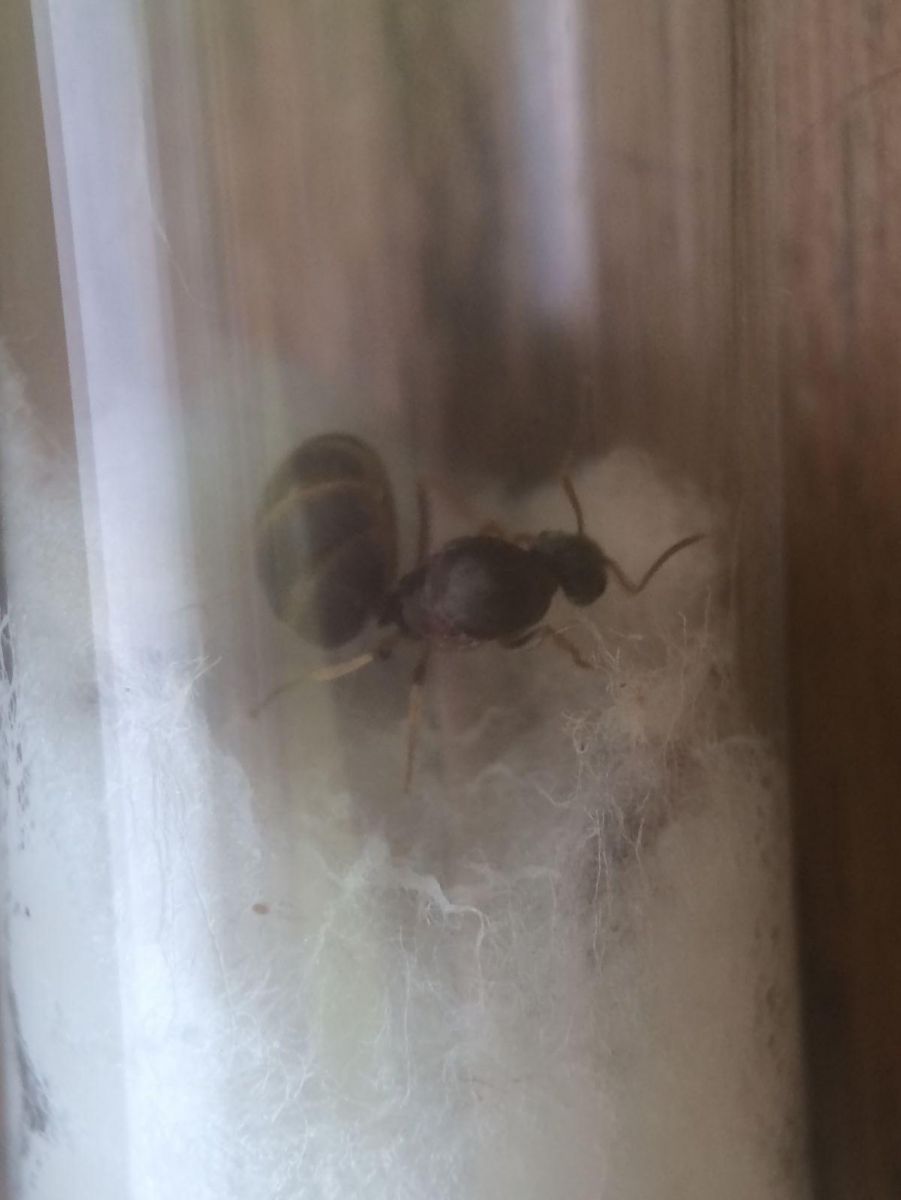
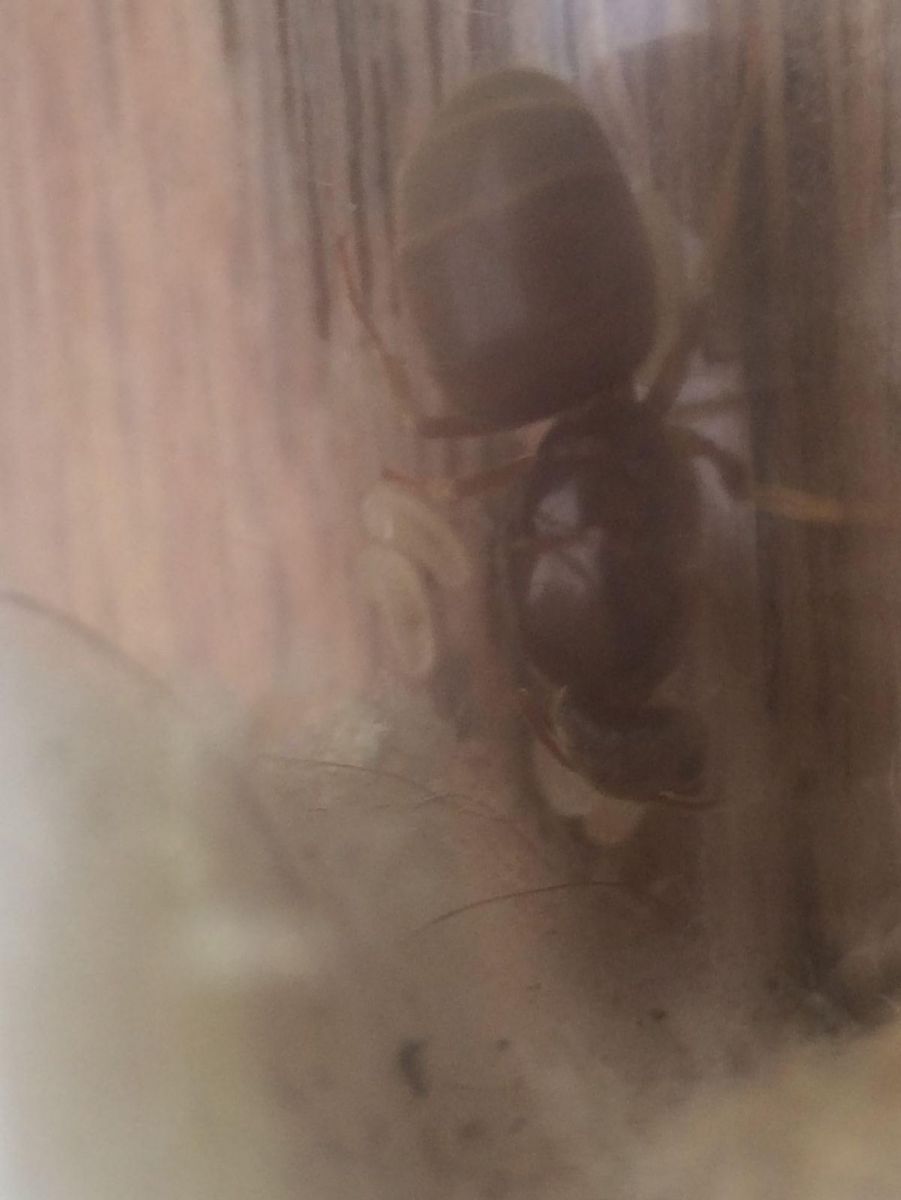
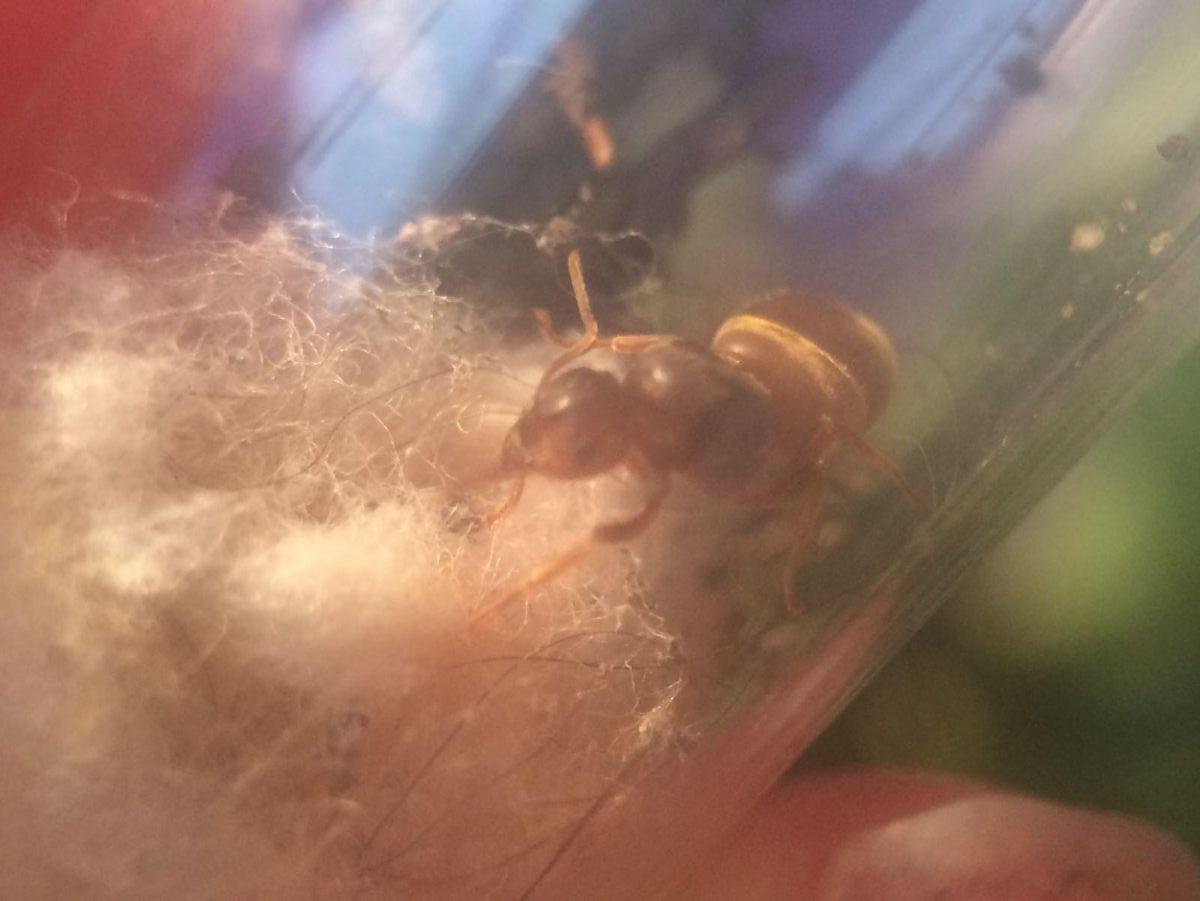


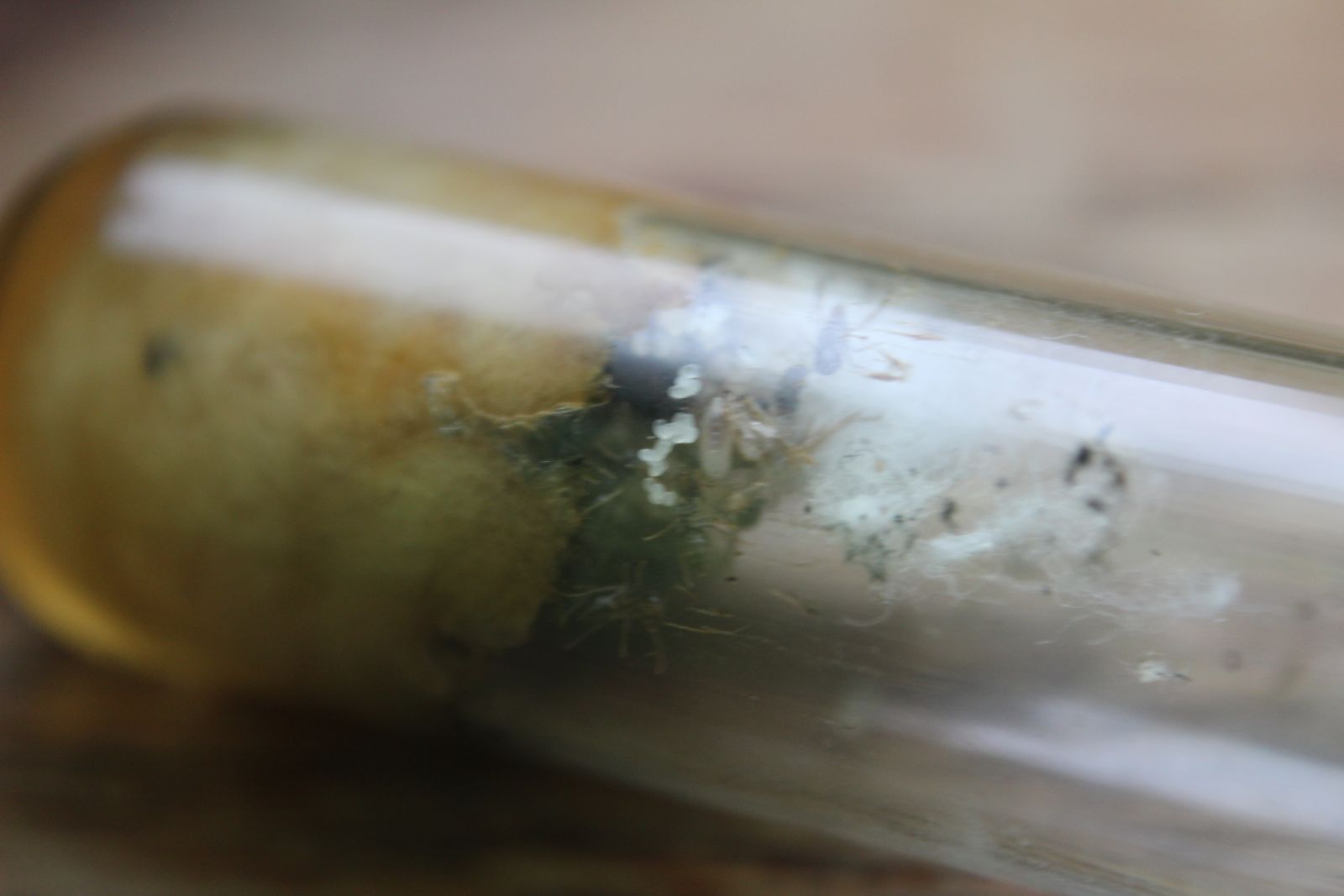
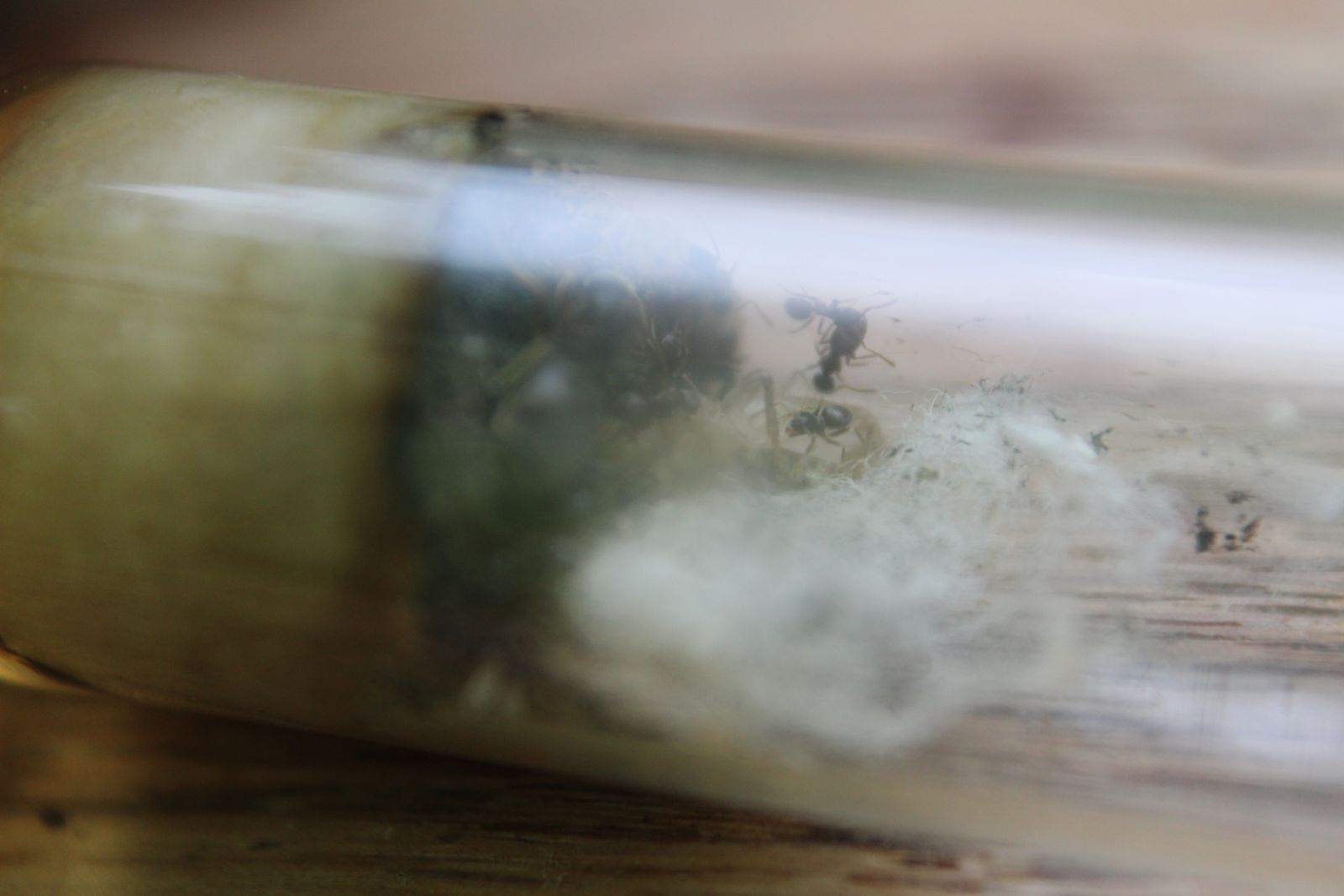
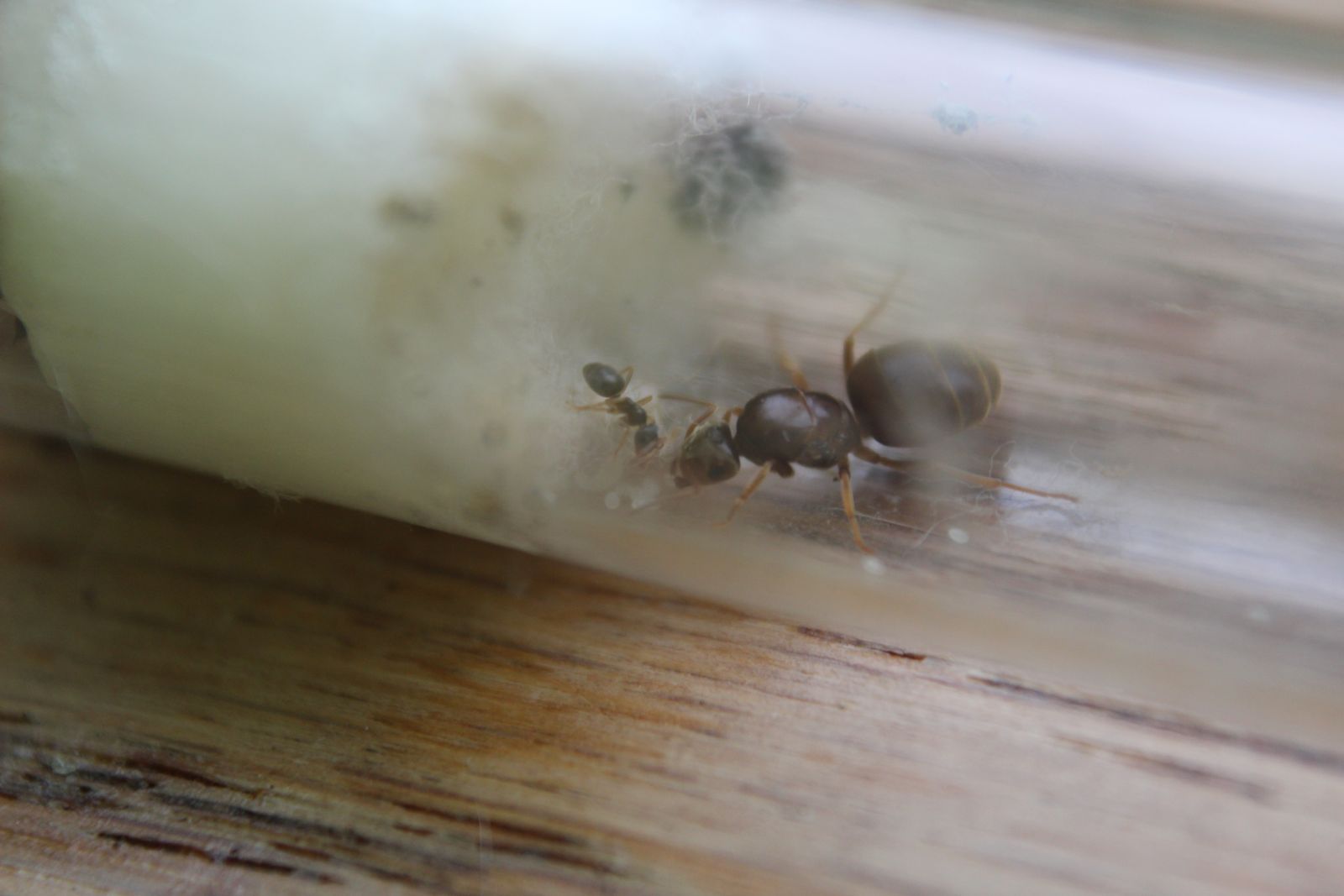
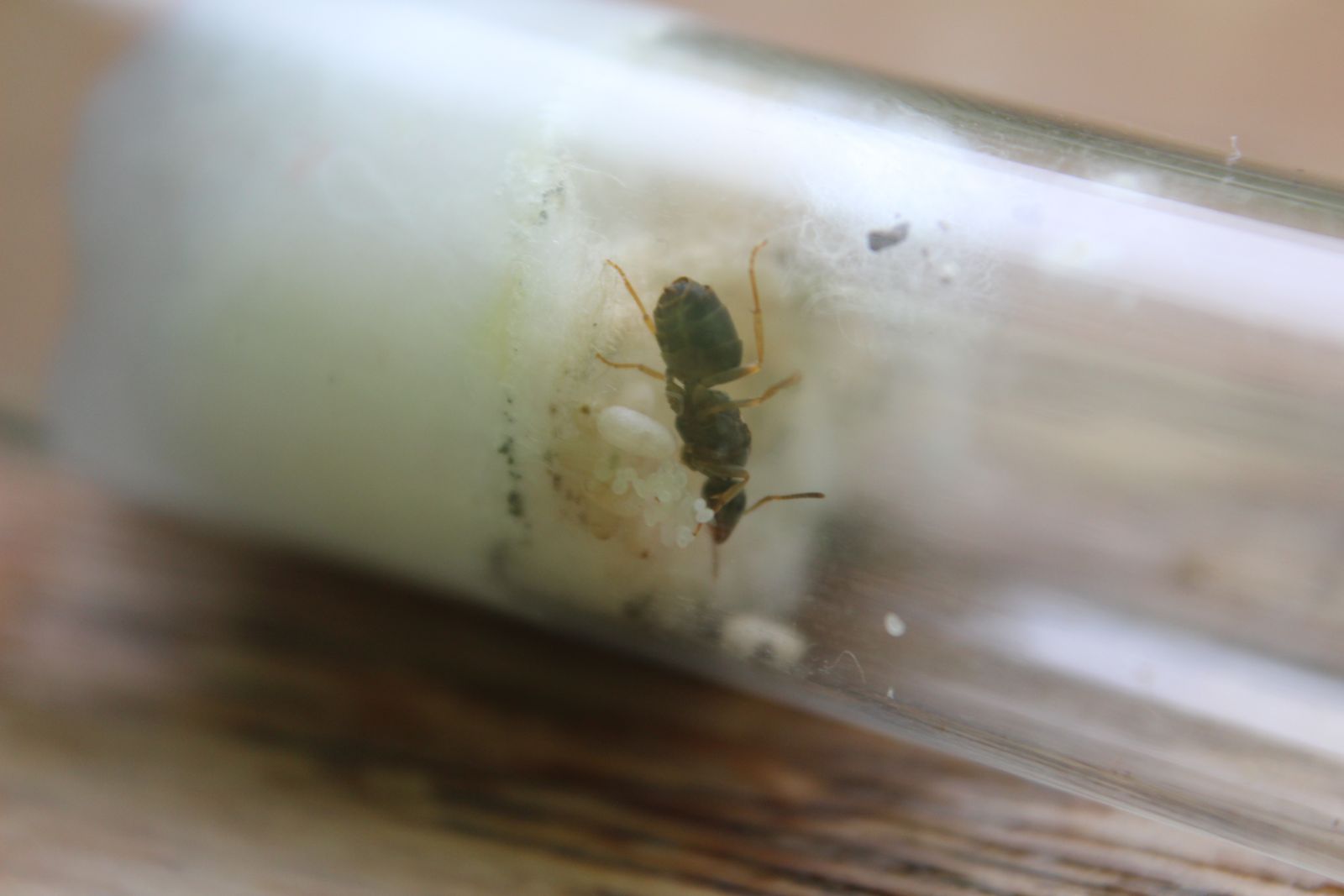
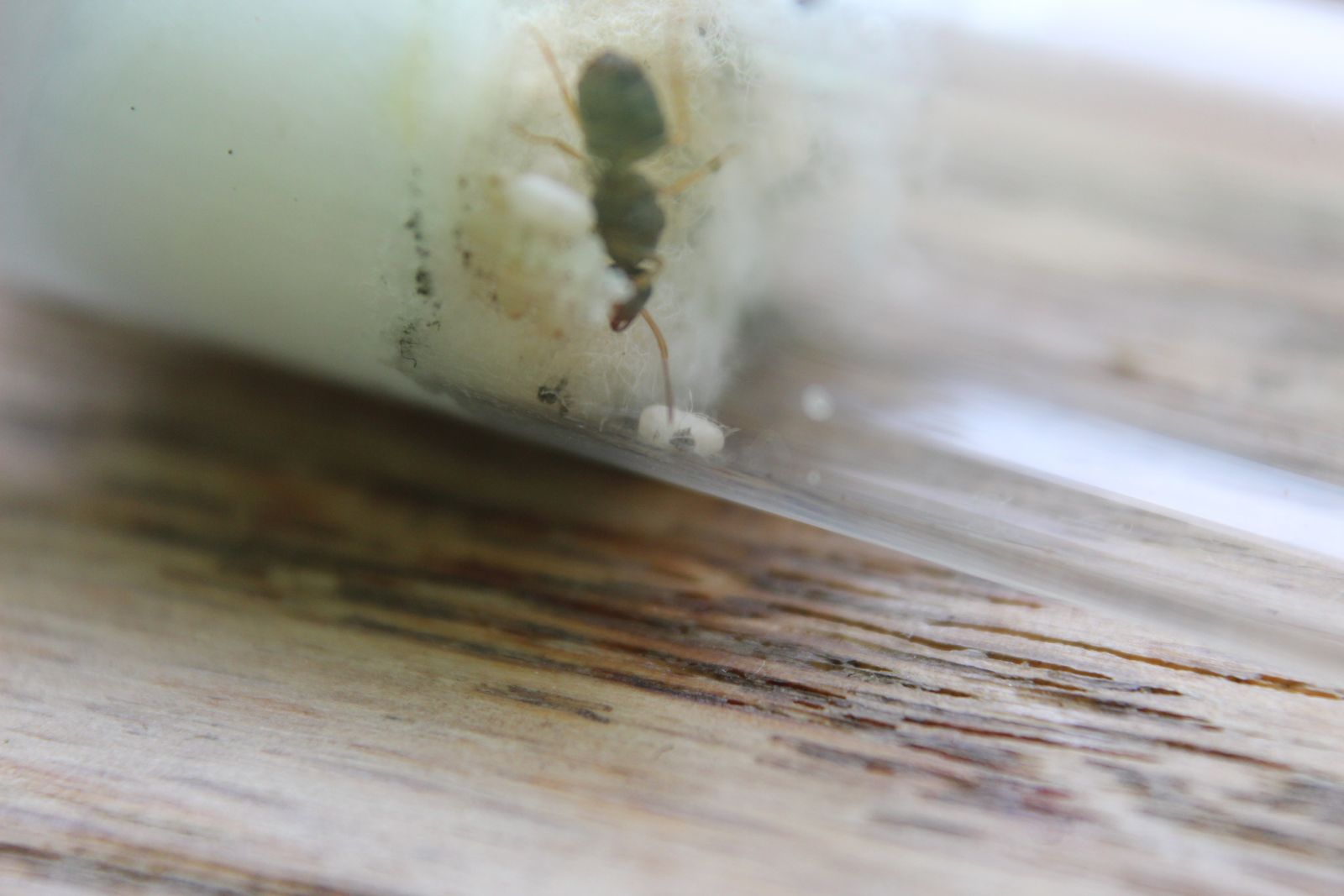
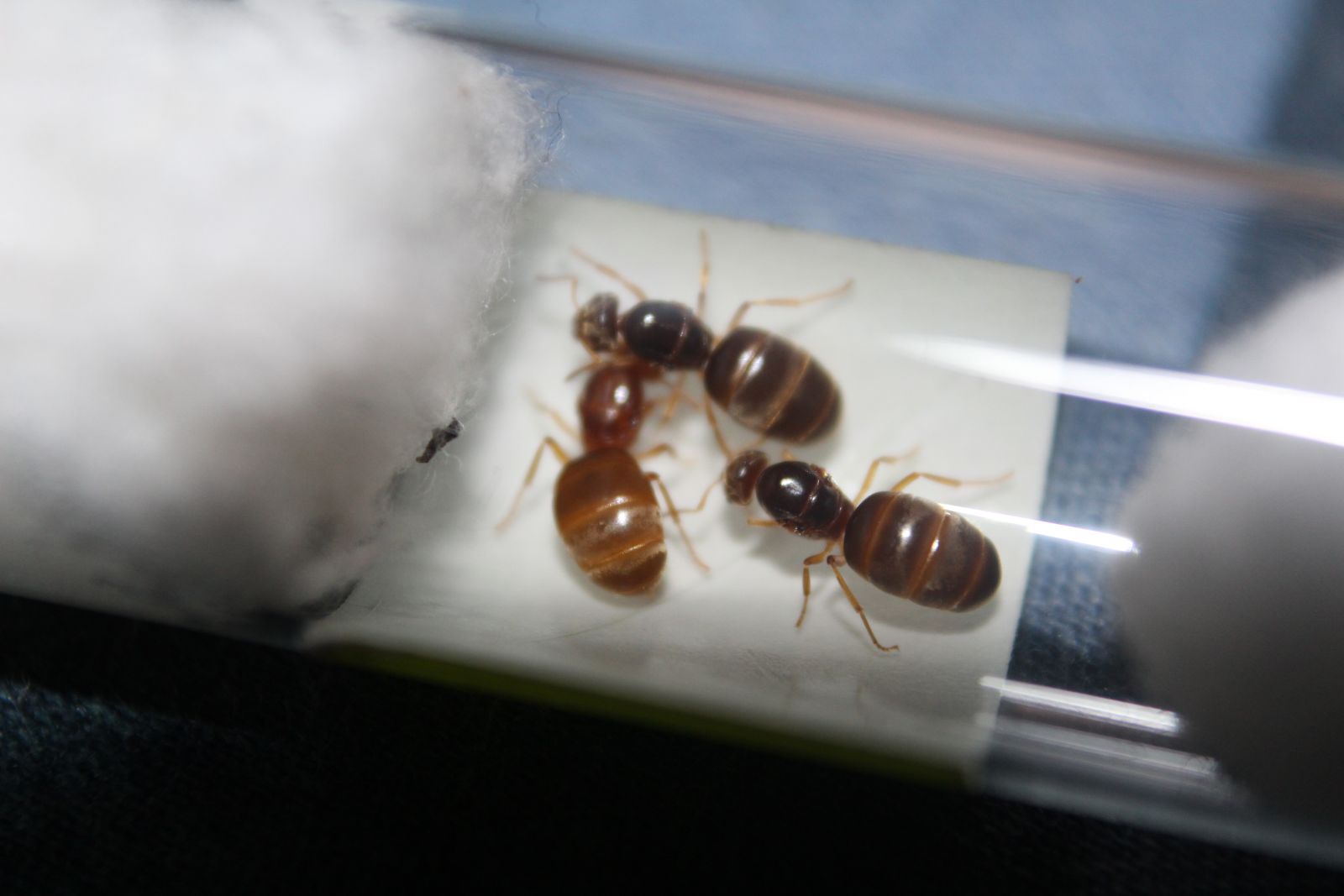
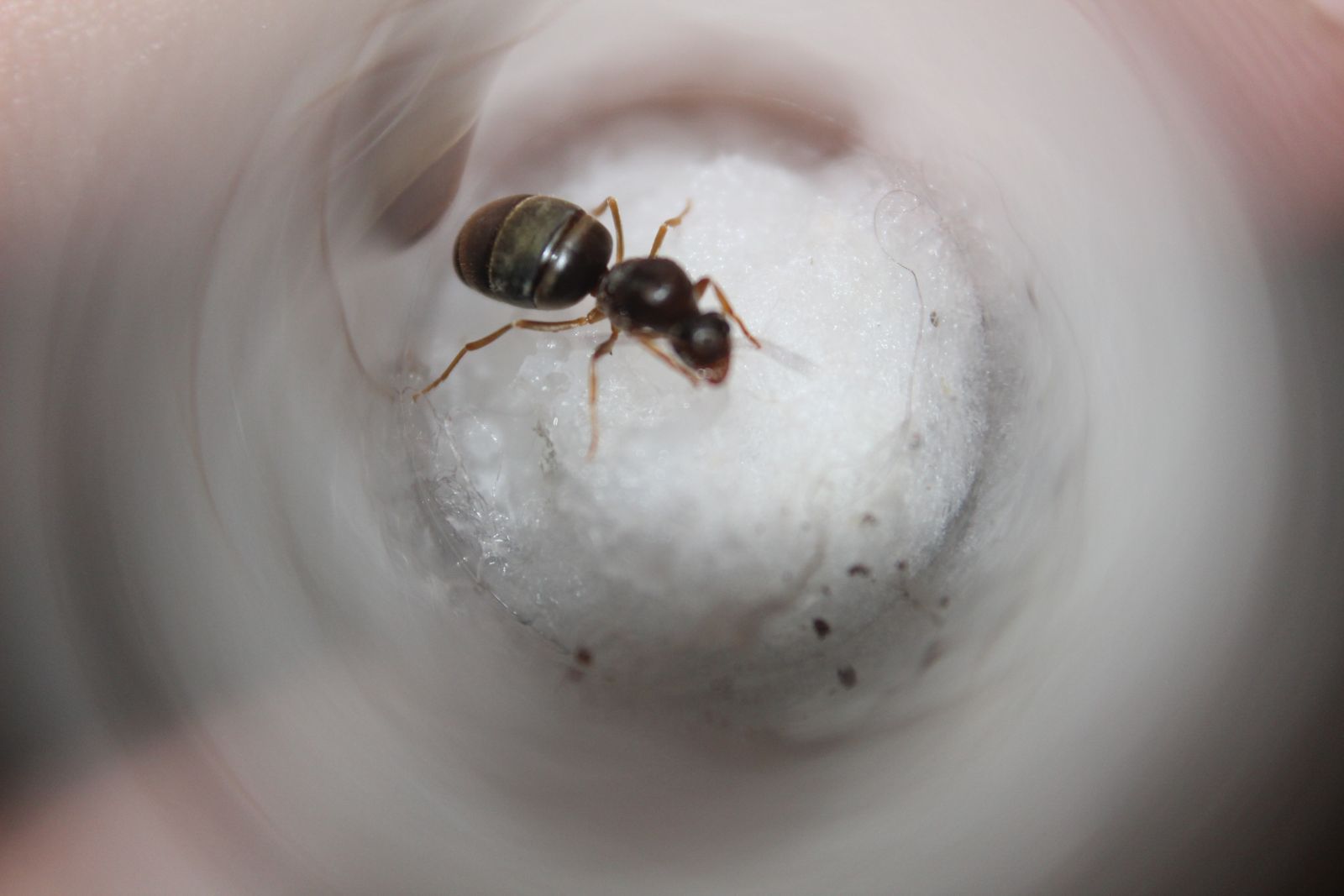
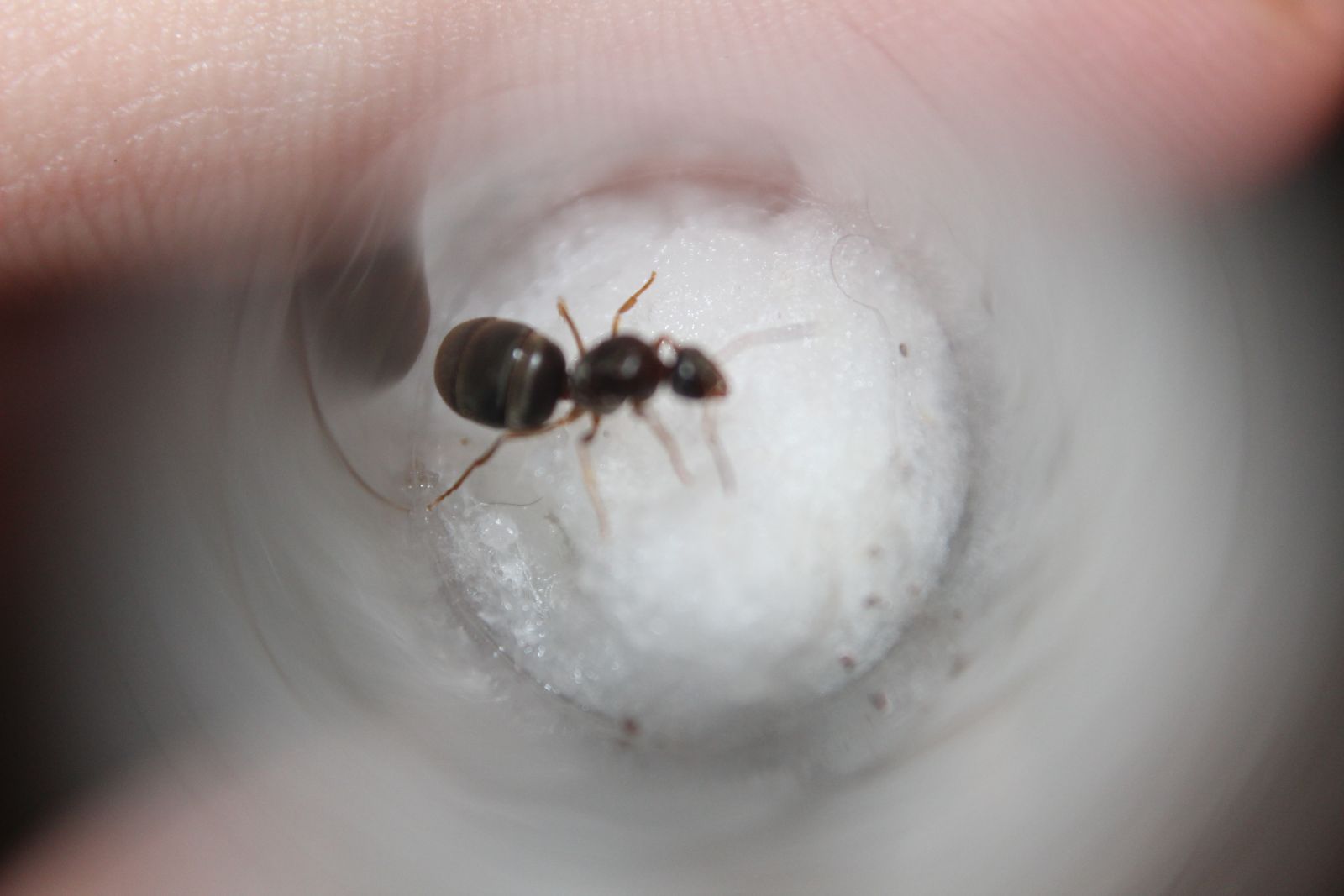
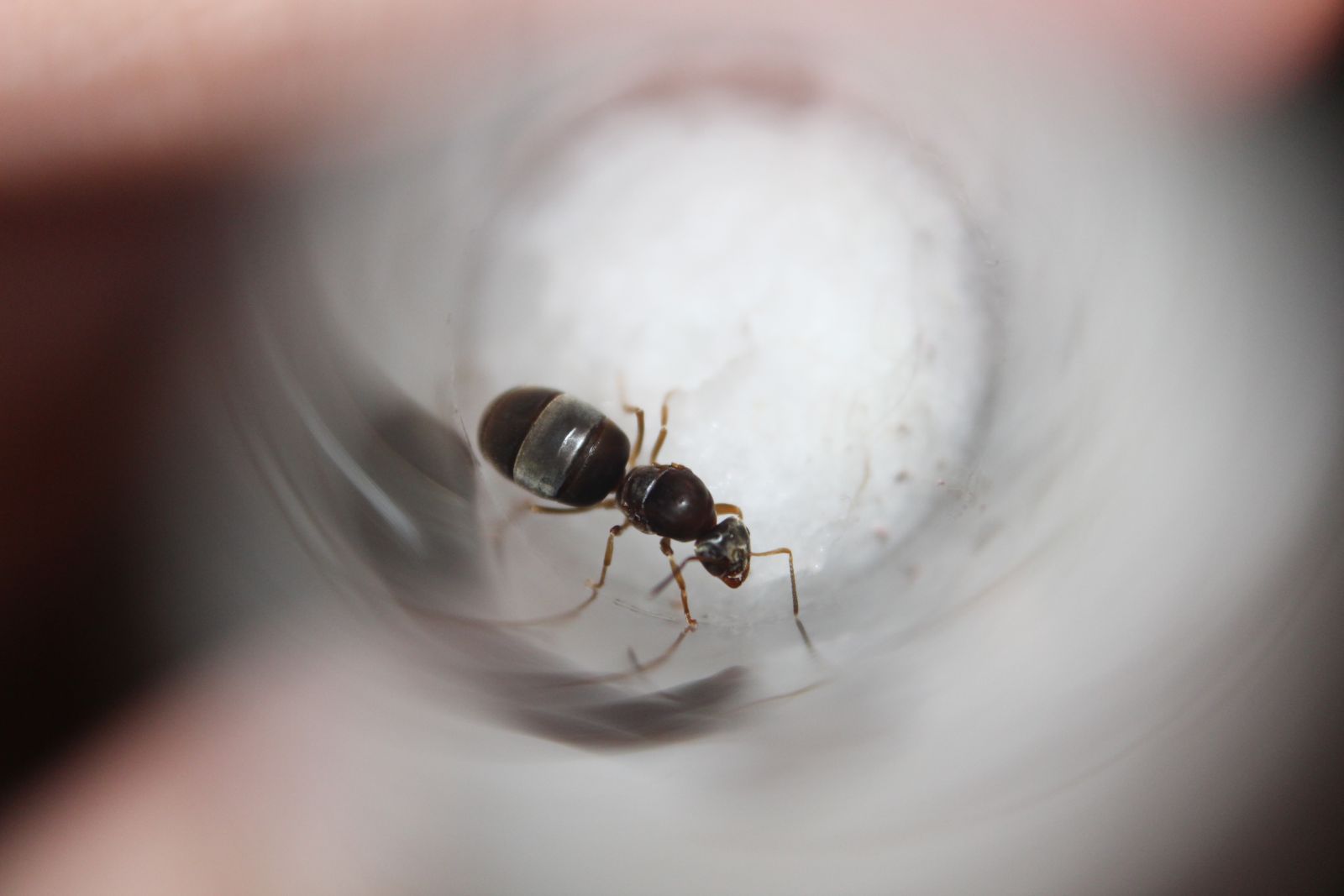
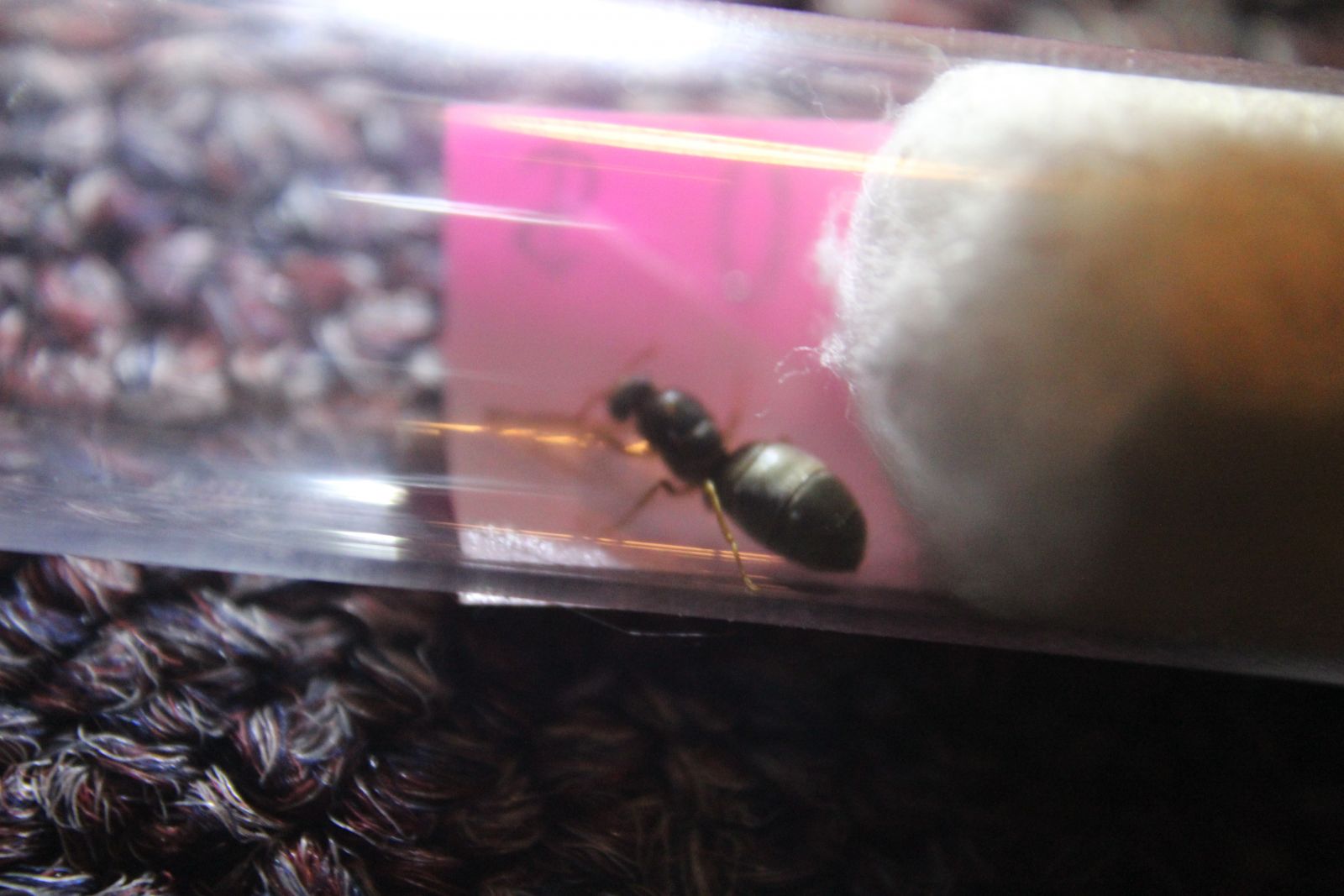
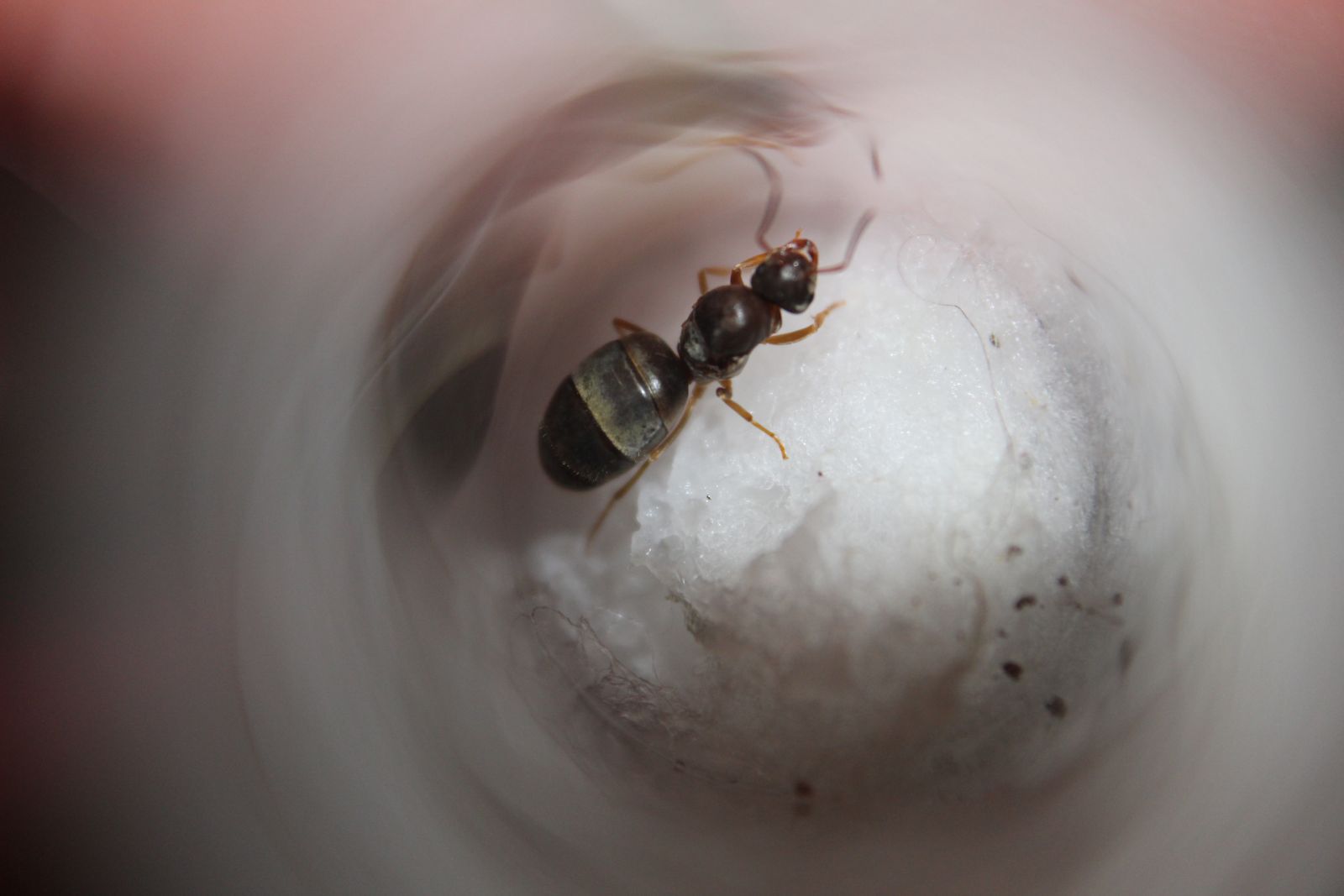













![UA's Lasius latipes [Discontinued] - last post by UtahAnts](https://www.formiculture.com/uploads/profile/photo-thumb-5683.jpg?_r=1633467752)


